Untitled
BlogTable of Contents
- Salem AlKetbi: China’s Path to Global Prominence
- Jeremy Corbyn To Raise Human Rights At Queen's Banquet For Chinese ...
- Despite Crackdowns, China's President Rides A Wave Of Popularity | NCPR ...
- China Financial Crisis Could Threaten Xi Jinping's Hold on Power ...
- Putin nods to Xi’s ‘concerns,’ and the limits of their cooperation ...
- President for Life? Xi Jinping May Now Be China's New Emperor - Newsweek
- Xi Jinping Says China Won't Let Security And Sovereignty Interests Be ...
- Internet explodes with rumours of Xi Jinping’s house arrest, coup in ...
- Xi Jinping’s Policies Backfire: China Is Pariah for Global Investors ...
- Xi remade China's tech industry in his own image with crackdown - The ...
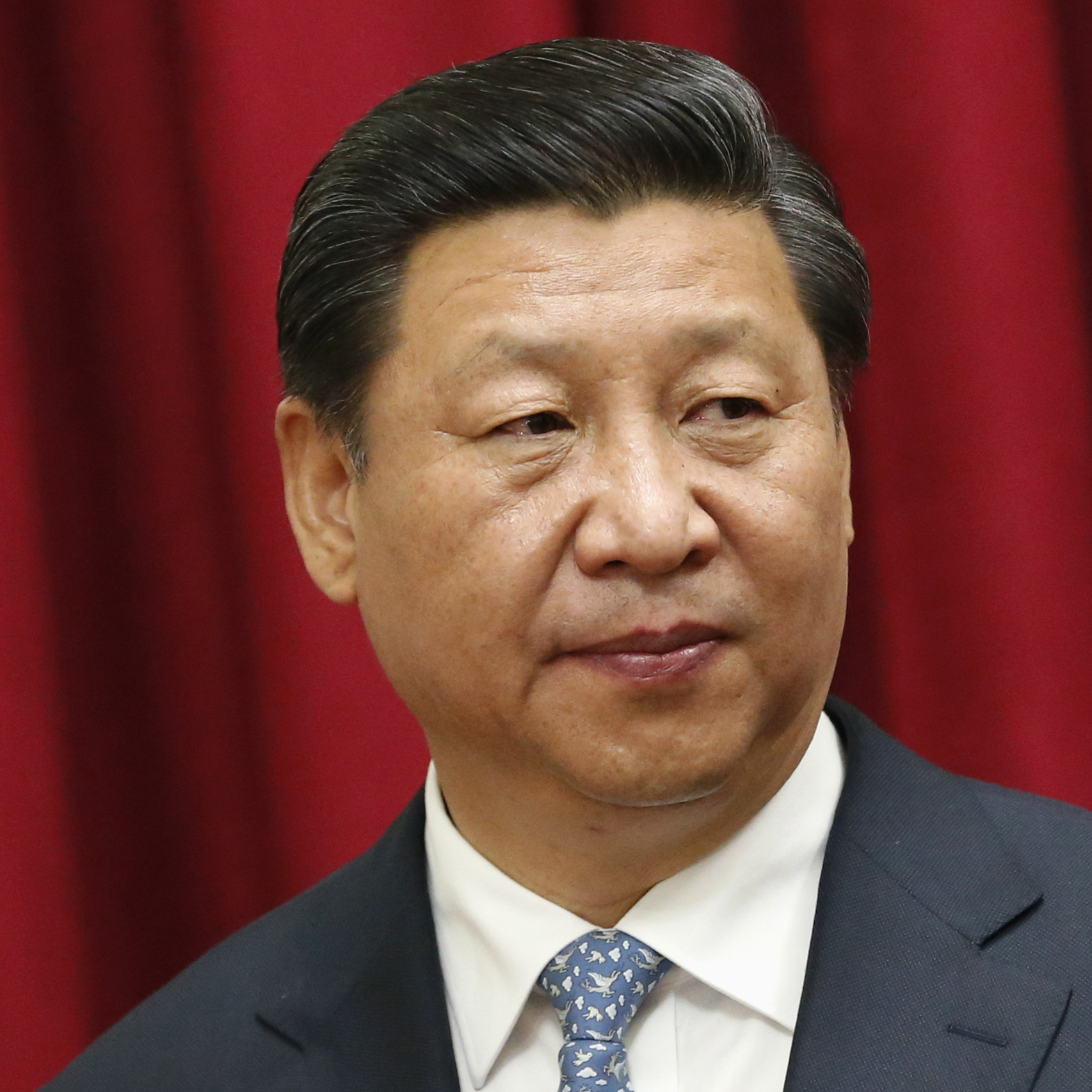

Xi's visit to Southeast Asia comes at a time when the US-China trade war is showing no signs of abating. The US has imposed tariffs on hundreds of billions of dollars' worth of Chinese goods, and China has retaliated with its own tariffs on US products. The trade tensions have resulted in a significant slowdown in global trade and have had a ripple effect on economies around the world.
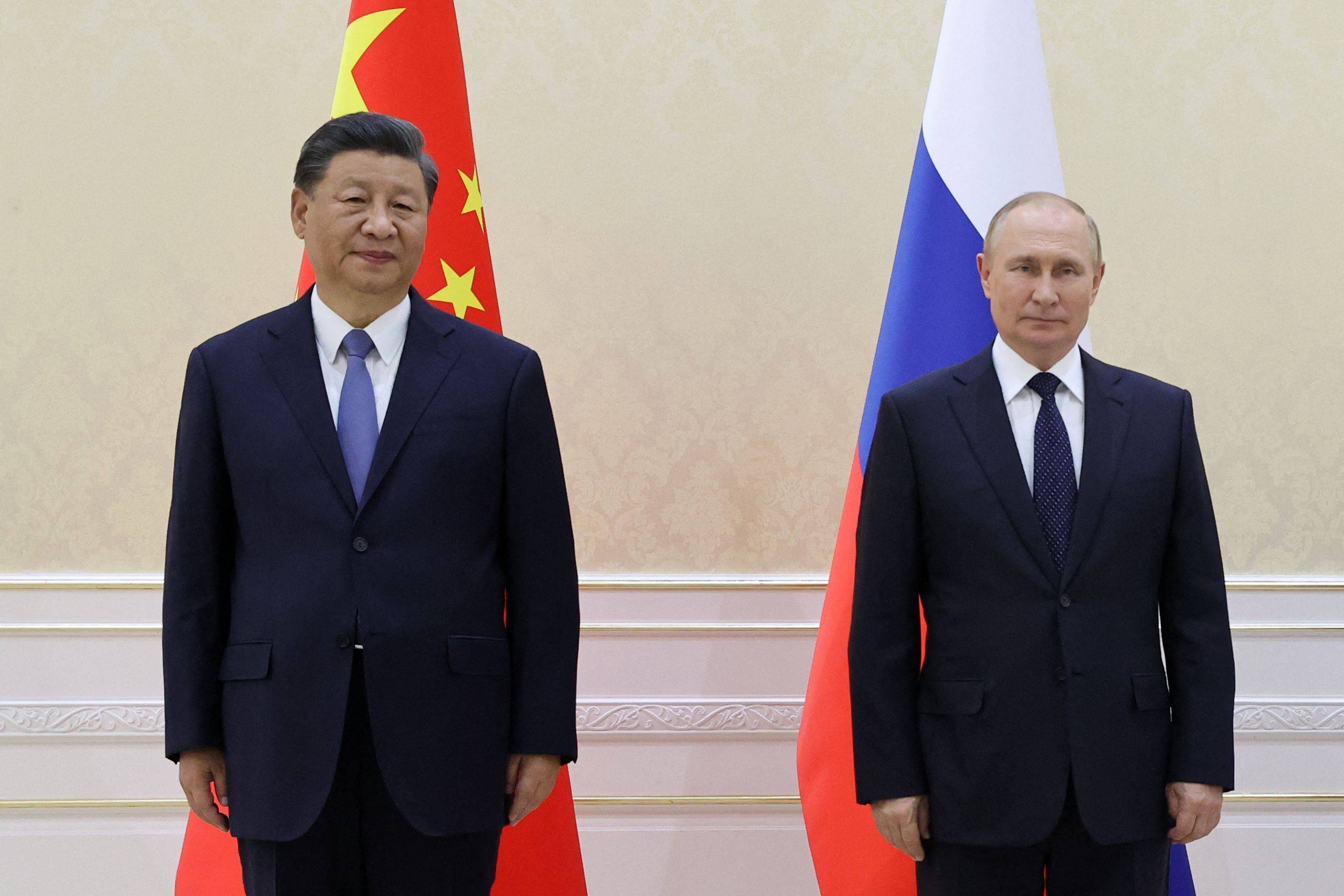
In an effort to mitigate the impact of the trade war, Xi has been actively engaging with Southeast Asian nations, seeking to deepen economic ties and promote cooperation in areas such as trade, investment, and infrastructure development. During his visit, Xi is expected to meet with leaders from several Southeast Asian countries, including Indonesia, Malaysia, and the Philippines, to discuss ways to enhance bilateral relations and promote regional economic integration.

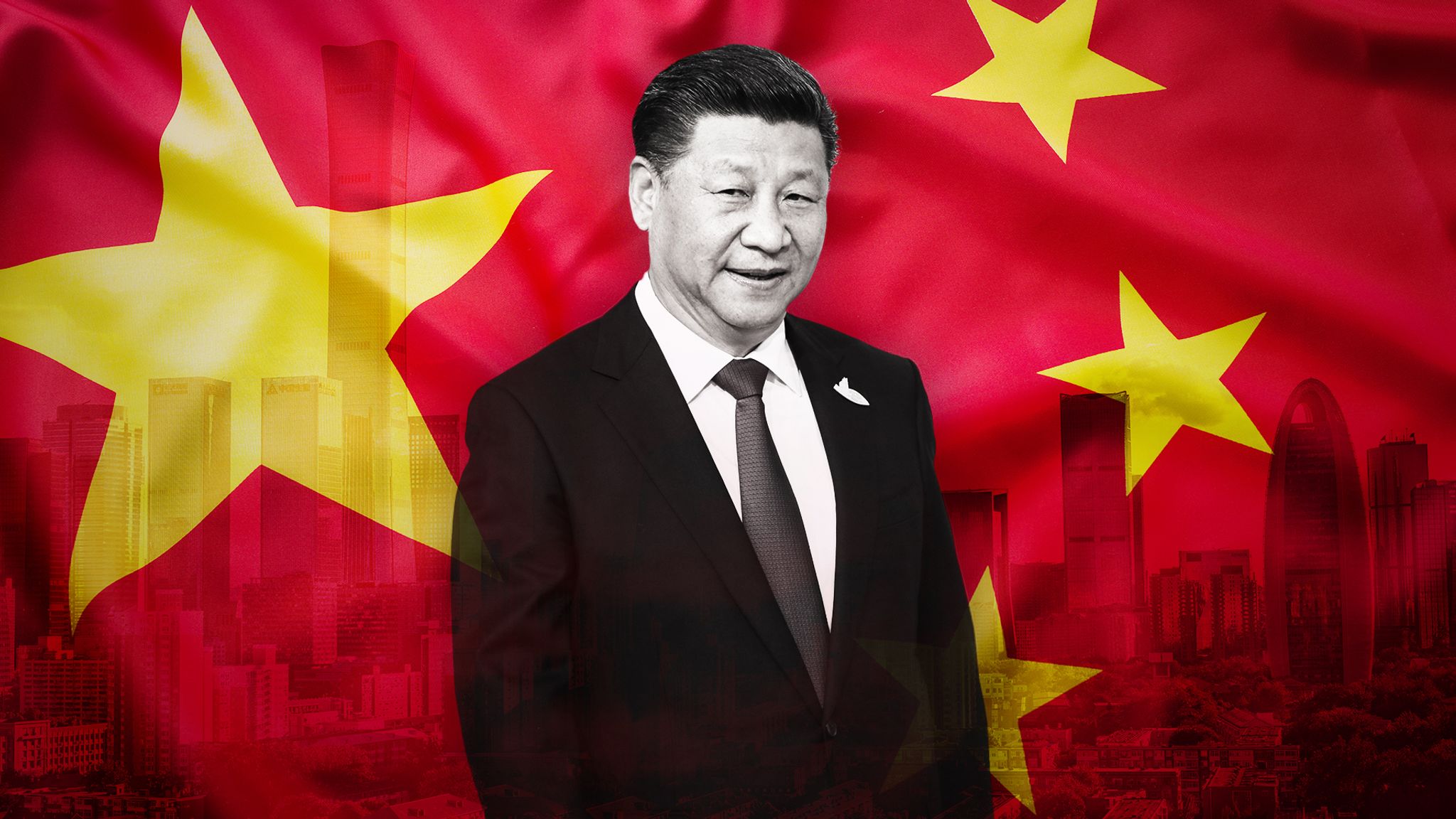
Economic Cooperation and Trade Agreements

One of the key objectives of Xi's visit is to promote economic cooperation and negotiate trade agreements with Southeast Asian nations. China is already the largest trading partner for many countries in the region, and Xi is seeking to further expand trade ties through the signing of new agreements and the enhancement of existing ones. The Regional Comprehensive Economic Partnership (RCEP), a free trade agreement that includes China, Japan, India, and several Southeast Asian nations, is expected to be a major topic of discussion during Xi's visit.

The RCEP, which is currently under negotiation, aims to create a massive free trade area that would cover nearly half of the world's population and account for over a third of global trade. The agreement is seen as a key component of China's strategy to promote regional economic integration and to counterbalance the influence of the US in the Asia-Pacific region.

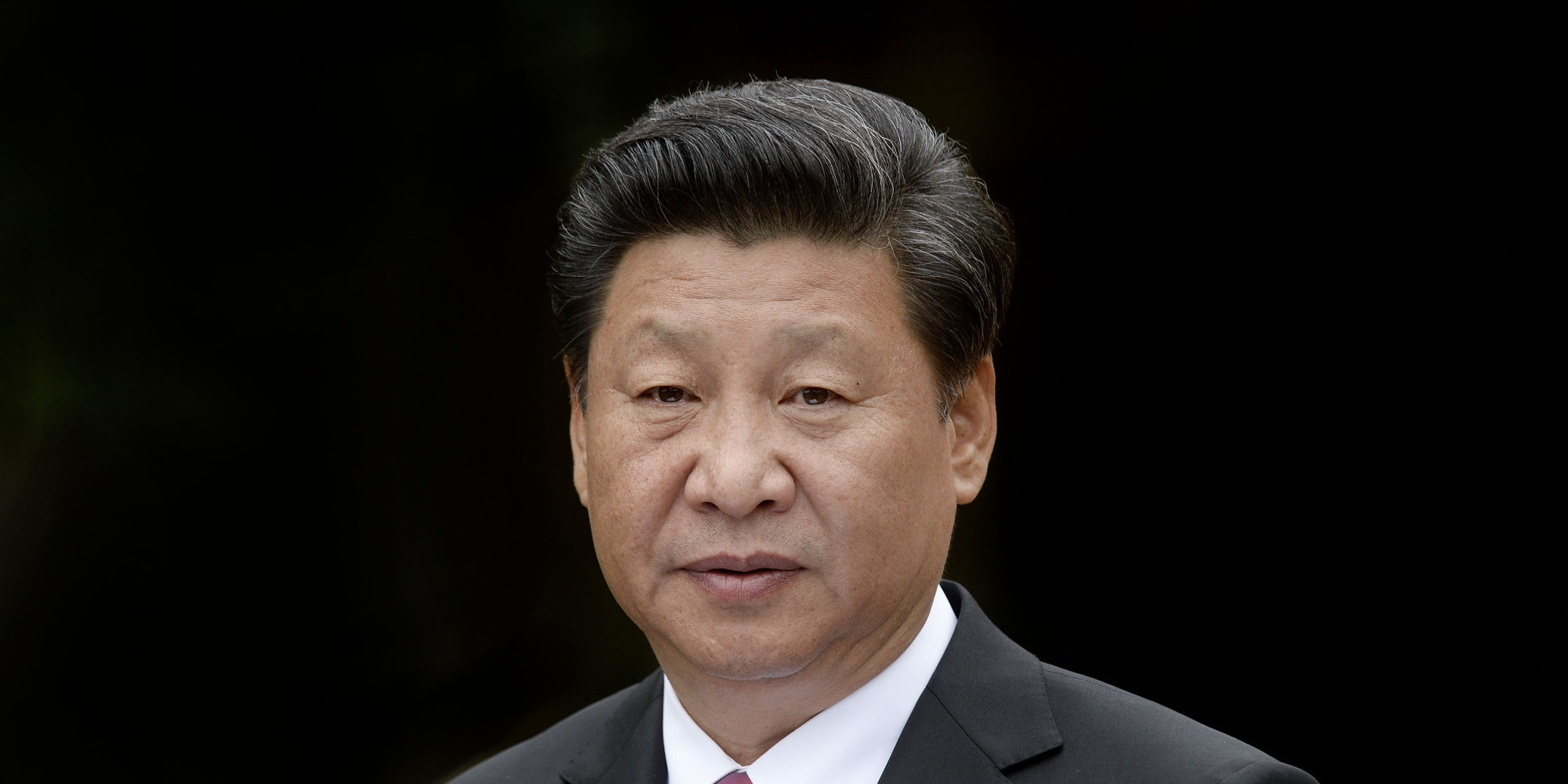
Infrastructure Development and the Belt and Road Initiative
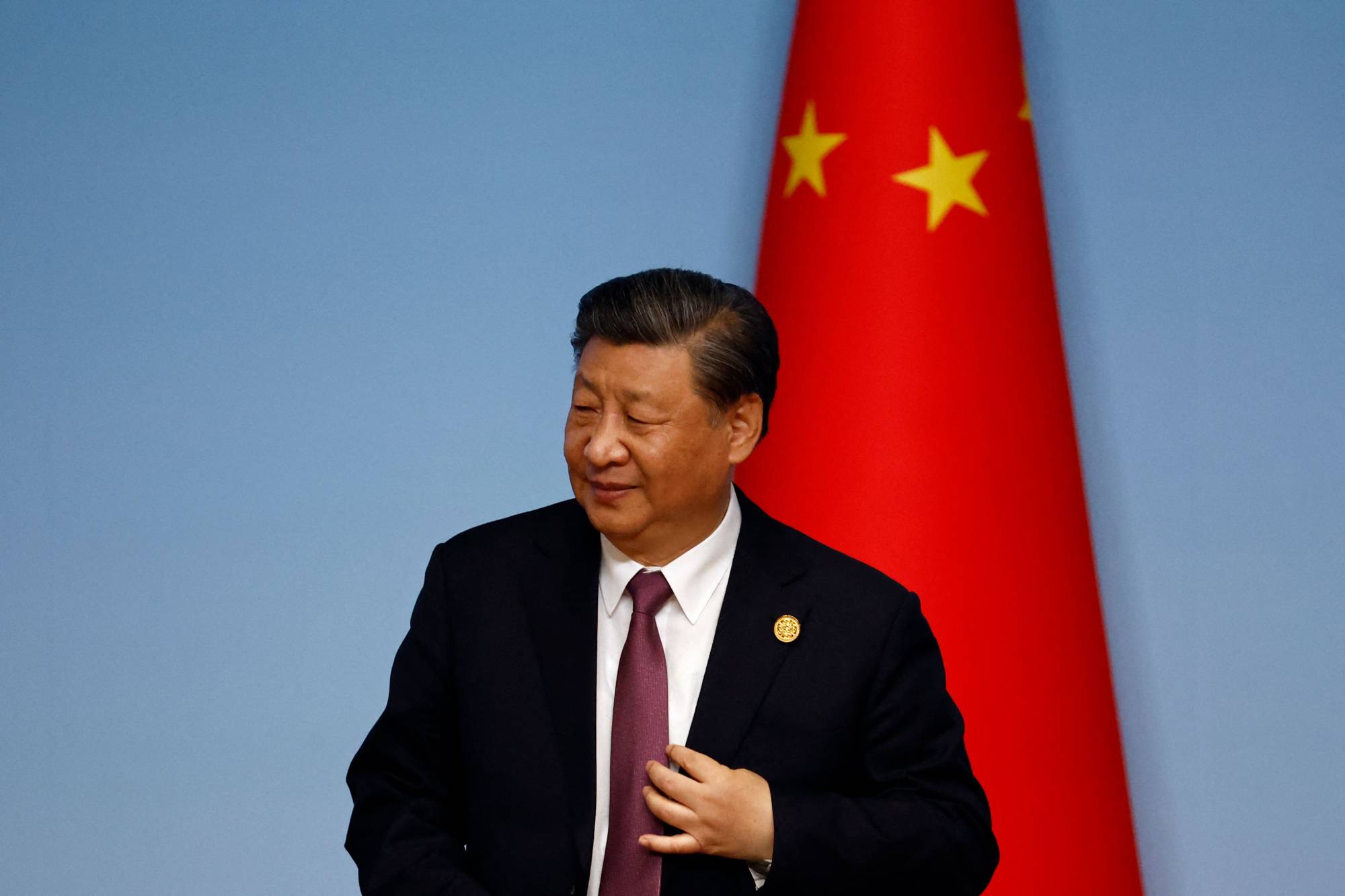
Another key aspect of Xi's visit is the promotion of infrastructure development in Southeast Asia, particularly through the Belt and Road Initiative (BRI). The BRI, a massive infrastructure development project launched by China in 2013, aims to connect China with other parts of Asia, Europe, and Africa through a network of roads, railways, and sea routes.
Xi is expected to discuss the BRI with Southeast Asian leaders, seeking to promote Chinese investment in infrastructure development projects in the region. The BRI has been a major driver of Chinese economic growth, and Xi sees it as a key component of his strategy to promote regional economic integration and to enhance China's global influence.
In conclusion, Xi Jinping's visit to Southeast Asia is a strategic move to promote economic cooperation and counterbalance the economic pressure exerted by the US. Through the promotion of trade agreements, infrastructure development, and regional economic integration, Xi aims to consolidate China's position as a major player in the global economy and to promote a more multipolar world order. As the US-China trade war continues to escalate, Xi's diplomatic mission to Southeast Asia is a significant development that is worth watching.
Keyword: Xi Jinping, Southeast Asia, US-China trade war, economic cooperation, trade agreements, Belt and Road Initiative, Regional Comprehensive Economic Partnership.